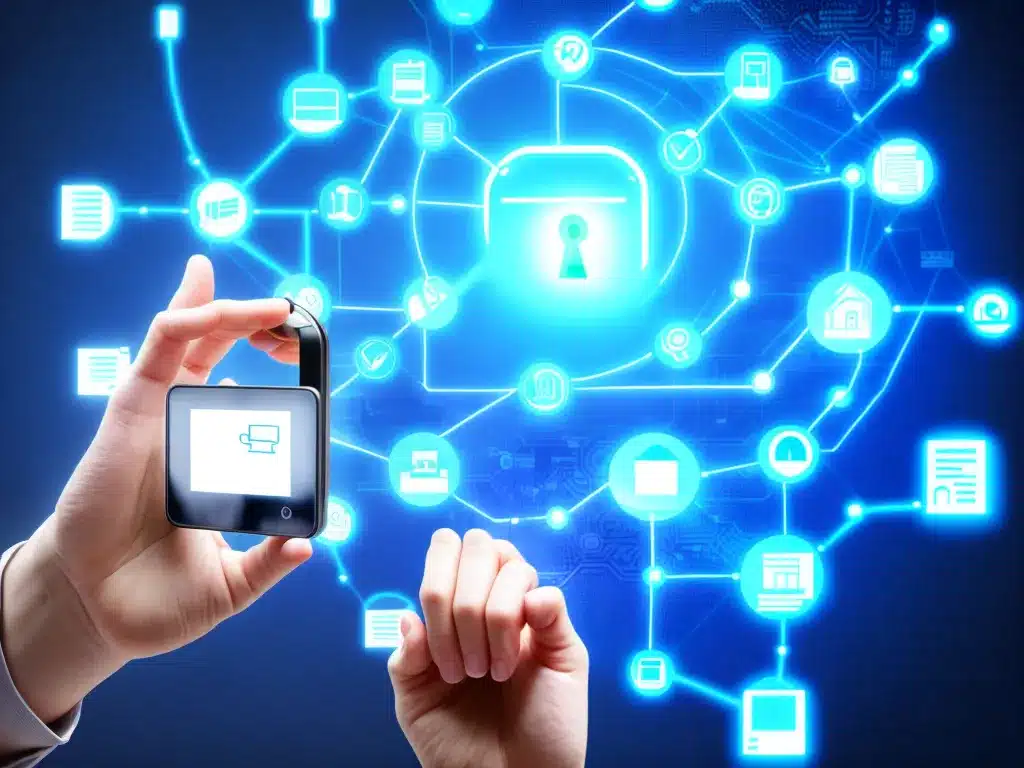
Unlocking Business Value with IoT Analytics
Introduction
The Internet of Things (IoT) is transforming businesses across industries by connecting physical objects to the digital world. With billions of devices generating data, organizations are looking to tap into the insights hidden within this data to drive innovation and uncover new revenue streams.
IoT analytics unlocks the business value from IoT data through advanced analytics techniques like machine learning, artificial intelligence, and predictive analytics. By gathering, processing, and analyzing real-time data from IoT devices, companies can gain operational efficiencies, reduce costs, optimize processes, and create new data-driven products and services.
In this article, I will provide an in-depth look at how organizations can leverage IoT analytics to unlock business value. I will cover the following topics:
Challenges with IoT Data
The massive volume of real-time data generated by IoT devices presents several challenges:
-
Variety: IoT data comes from diverse sources and in different formats. It can be structured, semi-structured, or unstructured.
-
Velocity: IoT data is generated continuously at high speeds. This real-time data flow makes it difficult to aggregate and analyze the data.
-
Veracity: With so much data flowing in, it becomes critical to discern useful information from noisy data.
-
Volume: The sheer volume of IoT data is massive. Just one jet engine can generate 10+ terabytes of data in 30 minutes of operation. Storage and processing of such huge datasets is challenging.
-
Value: While IoT data holds tremendous potential value, organizations struggle to connect the data to clear business use cases that drive ROI.
Overcoming these challenges requires a robust IoT analytics approach to manage and extract value from the data.
IoT Analytics Process
The process of deriving value from IoT data involves:
1. Data Ingestion
-
Streaming data is acquired from IoT devices through APIs and protocols like MQTT.
-
Edge analytics may be applied to filter and preprocess data.
-
Data is stored in databases optimized for time-series data.
2. Data Preprocessing
-
Cleansing data by handling missing values and noise.
-
Integrating disparate data sources into a unified structure.
-
Applying data transformation techniques.
3. Analytics
-
Exploratory analysis to discover patterns and anomalies.
-
Predictive modeling using machine learning algorithms.
-
AI and deep learning for complex analytical tasks.
-
Simulation of business processes and decision optimization.
4. Visualization and Business Insights
-
Visualizing trends, correlations, and predictions through dashboards.
-
Identifying profit drivers, cost optimizers, and risk factors.
-
Enabling data-driven decision making across the organization.
IoT Analytics Use Cases
IoT analytics delivers value across functions:
Operations and Manufacturing
-
Predictive maintenance: Analyzing sensor data from industrial equipment to predict failures and schedule proactive maintenance. Reduces downtime costs.
-
Quality optimization: Identifying anomalies in production line sensor data to improve quality control and reduce defects.
-
Asset tracking: Tracking location and condition of products and assets through the supply chain using GPS and condition sensors. Provides visibility and prevents losses.
Product Development
-
Usage patterns: Identifying high-value features by analyzing customer usage data collected through product sensors and IoT connectivity. Informs new product development.
-
Remote diagnostics: Diagnosing product issues remotely by analyzing sensor data on performance and components. Enables proactive servicing and preventive maintenance.
Logistics and Transportation
-
Fleet tracking: Tracking location, mileage, and driver behavior using connected devices and sensors in vehicles. Improves asset utilization, safety, and delivery efficiency.
-
Cold chain monitoring: Sensors monitor temperature, humidity, shock, and other parameters to ensure integrity of perishable goods like food and medicine in transit. Prevents losses.
Energy Management
-
Smart grid analytics: Optimally managing energy distribution by applying analytics to data from smart meters and sensors across the grid. Improves efficiency.
-
Predictive maintenance: Monitoring performance of wind turbines, solar farms, and other energy assets remotely using sensor data. Enables predictive maintenance to improve uptime.
Smart Environment
-
Air/water quality monitoring: Tracking pollution levels in real-time by analyzing data from environmental sensors across locations. Supports compliance and policymaking.
-
Forest fire prediction: Predicting and containing forest fires by deploying networks of sensors and cameras across forests for real-time monitoring. Saves wildlife and property.
Smart Cities
-
Traffic optimization: Analyzing real-time data from traffic cameras and sensors to dynamically optimize signals and routes. Reduces congestion.
-
Infrastructure health monitoring: Sensors embedded in buildings, bridges, railways, and other infrastructure transmit data on structural health to drive preventive maintenance. Improves safety.
Smart Buildings
-
Energy optimization: Analyzing usage patterns by connecting HVAC, lighting, and other systems to optimize energy consumption. Lowers costs.
-
Space utilization analytics: Sensors track occupancy and space usage to optimize real estate costs by improving workspace allocation.
In summary, IoT analytics unlocks tremendous business value across domains by tapping into data from connected devices and sensors. The key steps involve ingesting streaming data, applying analytics at scale, and driving data-driven decision making through actionable business insights. By leveraging IoT analytics intelligently, organizations can optimize processes, uncover new revenue opportunities, and gain a competitive advantage.












